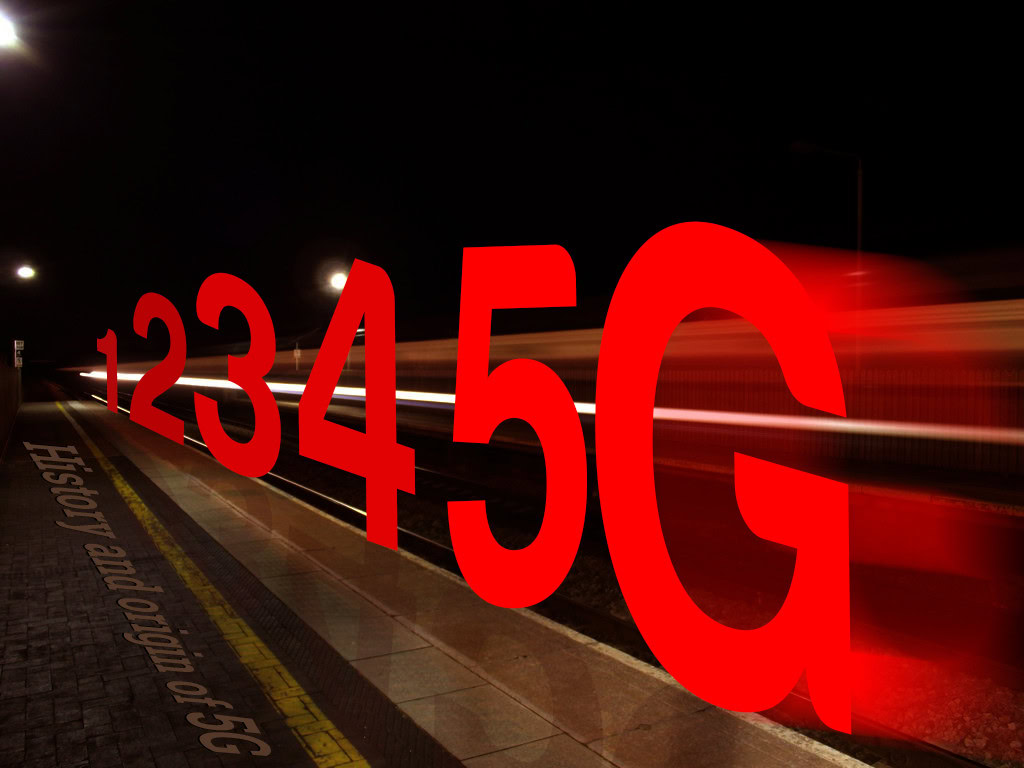Affiliate links on Android Authority may earn us a commission. Learn more.
We now have "4.5G" and "Pre-5G" technology

As I have written about a number of times, companies are seemingly trying to one-up each other with ridiculous 5G technology claims without any idea what 5G means since it has not even been defined yet. Some are even marketing their so-called 5G wireless packages which include speeds that barely reach what is defined today as 4G. Then there are islands looking to have the world’s first “5G network.”
But now we are seeing a new trend. Since some companies realize that they shouldn’t or can’t name their network “5G” ready, they are finding new names for any upgrades to 4G technology. Several months ago, HUAWEI brought forward their “4.5G” technology which according to them was technology that is between “LTE Advanced deployments … and 5G.” So, essentially any upgrade from today.
But now, we have the world’s first “Pre-5G” test! What is “Pre-5G” you may ask?
ZTE claimed credit for becoming the world’s first company to complete pre-commercial field testing of multi-user and multi-stream transmission on a Massive MIMO (multiple input multiple output) base station, setting “new records in single-carrier transmission capacity and spectral efficiency.” – FierceWireless
Essentially, it allows for faster speeds using 4G networks. After successfully completing this test, ZTE is now claiming that “several major international telecommunications operators” indicated that they were interested in this technology.
Although ZTE claims that this technology makes it “possible for carriers to provide a 5G-like user experience on existing 4G handsets in an accelerated timeframe,” I suspect we have a long way to go before this technology is in use for consumers. Testing can produce substantially inflated speeds when consumers aren’t using it.
Of course I hope that I am wrong and we see are speeds increase substantially over the next few months using this new technology.